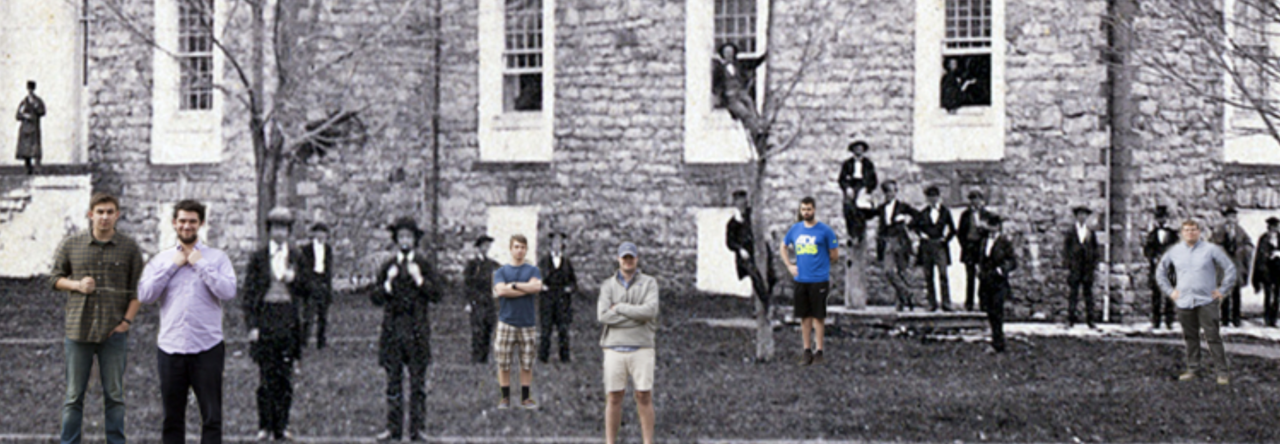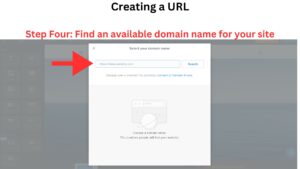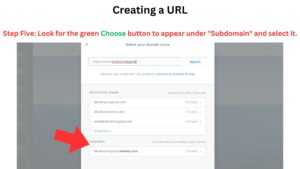Essay Due April 29 // Website due May 14 by 5pm
The highlight of this semester will be a website project that students will undertake to explain the significance of an important political, military, or social reform campaign from the Civil War era. By Monday, April 29, students must submit an 8- to 10-page narrative essay on their subject, relying on a range of primary and secondary sources, and employing Chicago-style footnotes. Papers will receive provisional or temporary grades. By Tuesday, May 14, students should revise this essay and transform it into website on the free platform Weebly. Each website should include an array of properly credited and captioned images as well as at least one embedded short video (about 1 to 2 minutes). Projects will be graded on depth of analysis, research effort, and quality of prose. Late project submissions will be penalized 5 points per day.
All submissions by email (either with Word doc or PDF attachment or by email URL link)
By Monday, April 29, students must submit an 8- to 10-page narrative essay on their subject, relying on a range of primary and secondary sources, and employing Chicago-style footnotes.
NOTE: Provisionally graded essays will NOT be penalized for lateness, but students must communicate clearly if they miss the 4/29 deadline and they must submit NO LATER than 5/3 or face penalties on their final project grade
- STUDENT MODEL: Aidan McDonald, Amos T. Ackerman and Reconstruction (Spring 2016)
- Students should consult with Prof. Pinsker before selecting their subjects. The key to a good choice lies in finding an episode that interests you COMBINED with easy access to a full range of sources, including primary sources by and about the subject.
- Research effort is critical in an assignment like this. You can find high quality academic sources via our online library catalog or through database resources such as JSTOR and America: History & Life. Take advantage of Google Books as well for its full text search capability and extensive snippet view. The most important reference source starting point, however, is American National Biography Online (available through the library database finder. Also make sure to consult our course site web guides for additional help and check out the History research guide from the library.
- For primary sources, each topic will offer different opportunities. Always seek out published or digitized sources such as letters, diaries and speeches. If you’re writing military history, make sure to consult the online OR (Official Records of the War of the Rebellion). But for all topics, try to take advantage of the library’s historic newspaper databases. And as you’re researching primary sources for your initial paper, remember that you will also want to identify good source images for later display on your final project website.
- ON WRTING: Make sure to devise a thesis statement that explains the significance of the subject in the Civil War era in a creative and engaging manner. Consult the Methods Center handout on How to Write a Thesis Statement
- Make sure you are formatting your footnotes correctly (see some of the samples below). For further guidance, see this methods handout on How to Use Footnotes and consult as needed with the library’s Chicago-style guide, but make sure to use sample footnote models for formatting and NOT bibliography examples.
- Don’t underestimate the importance of integrating your quoted evidence with some degree of fluidity. Awkwardly inserting quotations is one of the hallmarks of mediocre undergraduate essays. Consult this handout from the methods center for a range of good tips.
- Also, please guard against plagiarism. Remember our discussion from the very first day of the semester. Never write your own words while looking directly at your sources, especially secondary sources –unless you are quoting them
- And finally, always remember to proofread your work by printing it out and reading it aloud, slowly. See our methods handout on How to Proofreed [sic]
By Tuesday, May 14, students should revise this essay and transform it into website on the free platform Weebly. Each website should include an array of properly credited and captioned images as well as at least one embedded short video (about 1 to 2 minutes).
-
- Building websites in Weebly is easy –and free. Just make sure you sign up for the free version of the site and pick the “subdomain” URL that allows for Weebly branding (e.g. 1876election.weebly.com). NOTE: sometimes your desired subdomain URL is not available. Just keep trying.
PRIVACY: Your Weebly sites can be kept essentially private if you change the SEO settings on your web pages to “Discourage Search Engines.” For more detailed guidelines, watch the video tutorial below.
- Building websites in Weebly is easy –and free. Just make sure you sign up for the free version of the site and pick the “subdomain” URL that allows for Weebly branding (e.g. 1876election.weebly.com). NOTE: sometimes your desired subdomain URL is not available. Just keep trying.
Getting Started in Weebly with Five Easy Screenshots
- Step 1: Sign Up
- Step 2: Personal Weebly
- Step 3: Choose Theme
- Step 4: Find Name
- Step 5: Chose Subdomain
- All websites should have a separate home page that briefly describes the subject and also the nature of the project (class and semester) and the author (with grad year and major).
- The rest of the site can be adapted to the revised content from your essay, but typically three web pages offers a good framework.
Model Student Websites
- Charlotte Goodman, Henry Wallace (Fall 2020)
- Nadia Shahab Diaz, Wild Bill Donovan (Fall 2020)
- Maeve Thistel, John Taylor Cuddy (Fall 2019)
- Note from these examples that images do not require footnotes, but merely captions (brief descriptions) and credits (abbreviated source information, like Library of Congress, provided in parentheses). It is also helpful online to make images clickable so that readers can see directly where you obtained them.
Videos
- Here are some student models to rely upon for the companion short biographical videos:
- Roger Brooke Taney (Sarah Goldberg, 2016)
- Moncure Conway (Sam Weisman, 2017)
- Another legitimate approach for the video companion is to create a reading from one of your subject’s speeches or writings:
- Jordyn Ney, Sojourner Truth’s woman’s rights speech (1851) (Summer 2021)
- Jordyn Ney, Douglass’s Fifth of July speech (1852) (Summer 2021)
- For detailed written instructions on producing these videos in the free online platform WeVideo, please see this page. And below is a short video tutorial on using WeVideo. Please note that WeVideo has paid options, but anyone in this course can sign up for a free account and have more than enough time (up to 5 minutes per month) for this assignment (which requires about 1 to 2 minutes of video). For those who want to use other video production software, such as iMovie or Windows MovieMaker, please consult those video tutorials at the House Divided YouTube channel –but also please remember that you will have to then post your video at your own YouTube channel before you can embed it at the WordPress course site.
Projects will be graded on depth of analysis, research effort, and quality of prose. Late research submissions will be penalized up to 5 points per day.





